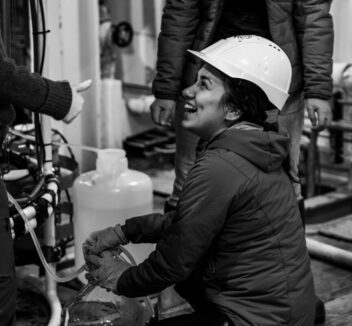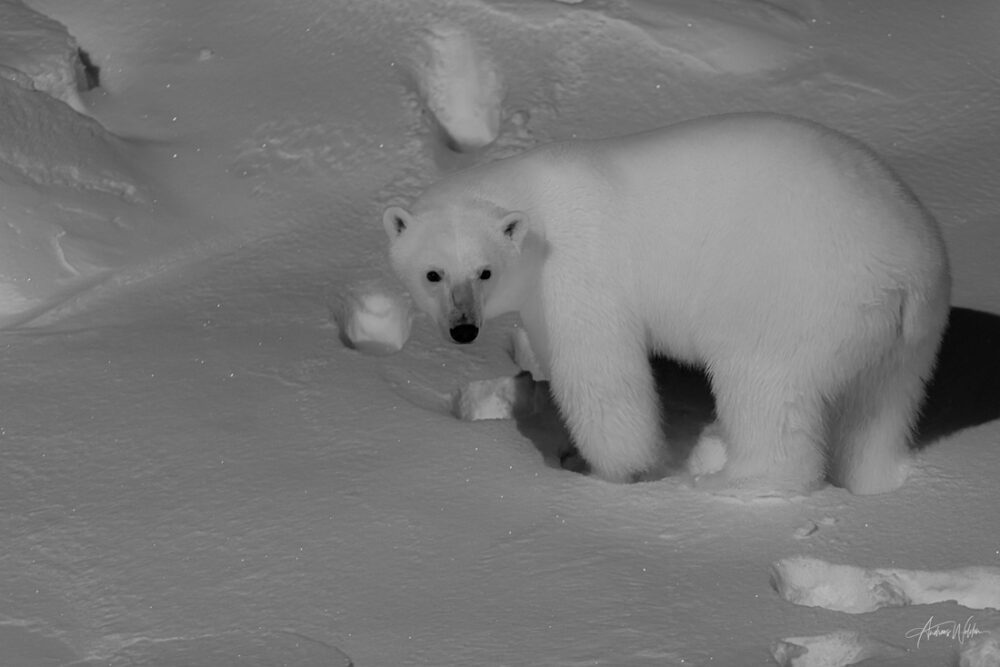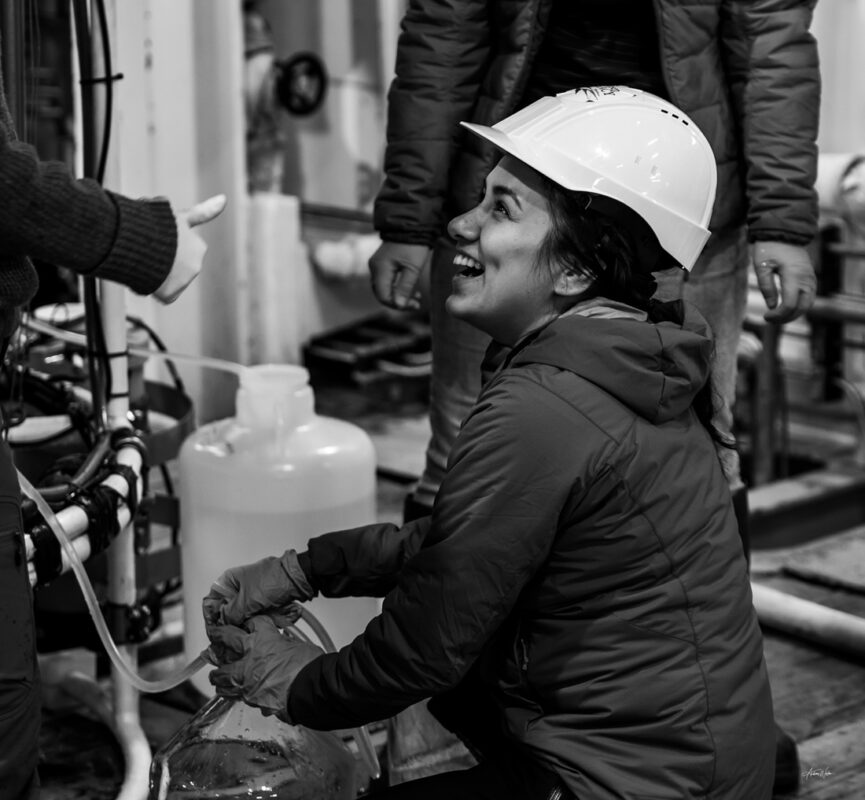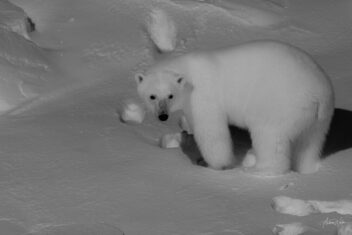When it comes to storing carbon, the Arctic presents a winter surprise
The ocean holds gigantic amounts of carbon, much more than in all land-based plants and soil. Scientists previously studied these carbon stocks in spring and summer. Now they have looked at what happens in winter.
In brief
- Dissolved organic matter (DOM) in the ocean represents a huge pool of carbon, larger than all plants and all soils on land, and plays an important role in climate regulation.
- New studies show that DOM in the Arctic does not "sleep" during the winter, but becomes more unstable and more easily broken down by microbes, especially in late winter and early spring.
- Studies from Ramfjorden near Tromsø found that these organic matter particles shrink in winter, which suggests that DOM dissolves even more during this period.
- The discovery shows that the carbon cycle in the Arctic is active year-round, and that warmer oceans can change seasonal variations – with unknown consequences for the climate.
This summary was created using artificial intelligence. It was then checked by a member of the editorial team.
The ocean contains a lot of dissolved organic material. And because this is material that comes from plants and animals, it contains a lot of carbon.
Dissolved organic matter, abbreviated DOM, is a huge carbon store, much larger than all plants and soil on land. Therefore, it also plays a major role in reducing CO2 in the atmosphere, and thus in climate regulation.

Maria G. Digernes takes seawater samples from a sampling rosette to look for DOM (dissolved organic matter). Photo: Andreas Wolden, Nansen Legacy
But changes in the climate, and especially increased temperatures in the Arctic oceans, can also change how the carbon in DOM is stored and released.
“Previously, researchers have concentrated on studying conditions in the Arctic in the spring and summer. But we looked at what happens to DOM in the winter, especially in the northern parts of the Barents Sea,” says PhD research fellow Maria Guadalupe Digernes.
Using advanced chemical methods such as mass spectrometry, she and her colleagues looked at both the amount of DOM and how it was distributed in Arctic regions throughout the year. They also looked at how the material changes. And here’s where the researchers found something surprising.
- You might also like: What happens in the Barents Sea if the ice disappears?
No downtime in winter
“In the past, we have thought that winter is a dead time for dissolved organic material. But that’s not the case at all,” Digernes said
This material actually becomes much more unstable during the late winter and early spring.
“This means that microbes can break down the material more easily,” she said.
That is exactly what happened. In a study of fjord water from Tromsø, the size of the particles also became smaller. The organic particles thus disintegrate even more than at other times of the year.
In other words, in winter, the dissolved organic material decomposes more easily than in summer. It forms smaller particles.
- You might also like: Tracing the journey of microplastics in the Arctic
Heat can affect seasonality
This is important in our efforts to understand how carbon stores may change over time, especially as the climate warms.
“It shows that the carbon cycle is active even in winter. We have not known for sure until now.
And not least, it is important because the ocean is getting warmer, and thus the entire balance can change.
“Warmer seas mean that seasonal variations can also be different,” she said.
We do not yet know what consequences this may have.
References:
Maria G. Digernes, Jeffrey A. Hawkes, Oliver Müller, Stephen G. Kohler, Murat V. Ardelan, Variation in chemical composition of dissolved organic matter during the winter to spring transition in the northern Barents Sea, Marine Chemistry, Volume 270, 2025, 104517, ISSN 0304-4203. https://doi.org/10.1016/j.marchem.2025.104517
Maria G. Digernes, Yasemin V. Bodur, Martí Amargant-Arumí, Oliver Müller, Jeffrey A. Hawkes, Stephen G. Kohler, Ulrike Dietrich, Marit Reigstad, and Maria L. Paulsen. Contrasting seasonal patterns in particle aggregation and dissolved organic matter transformation in a sub-Arctic fjord. European Geosciences Union. Articles
Volume 22, issue 2. BG, 22, 601–623, 2025. https://doi.org/10.5194/bg-22-601-2025

















